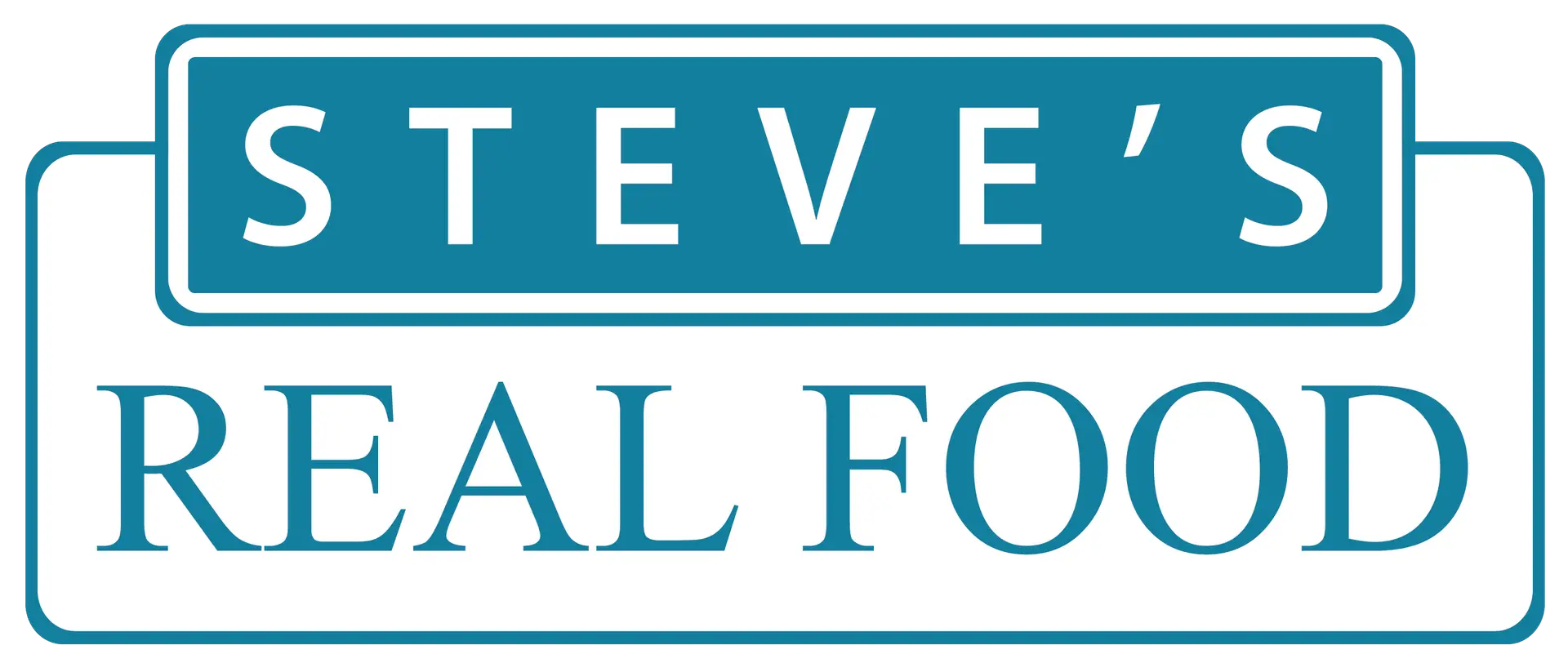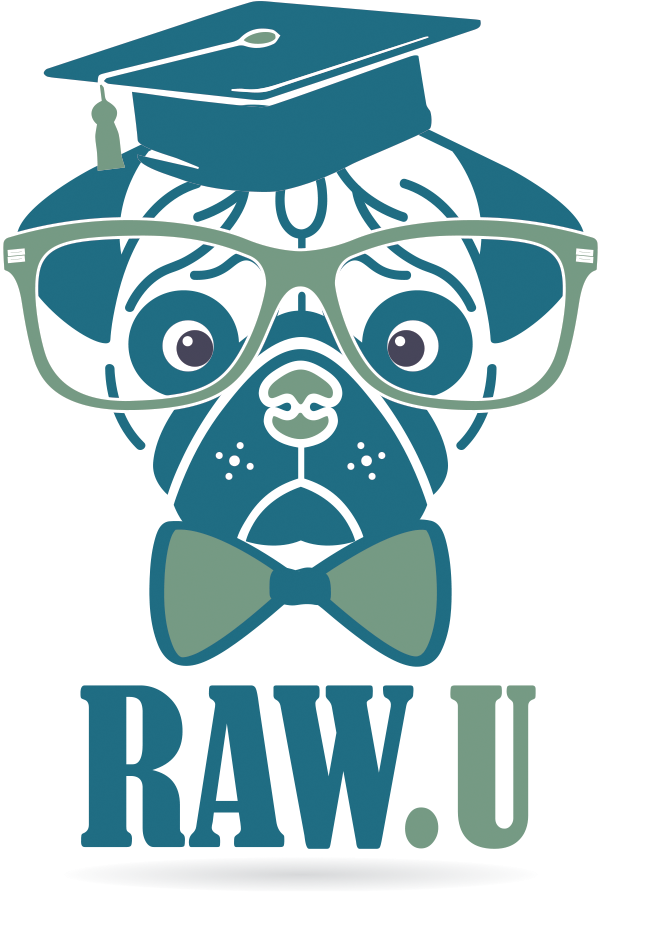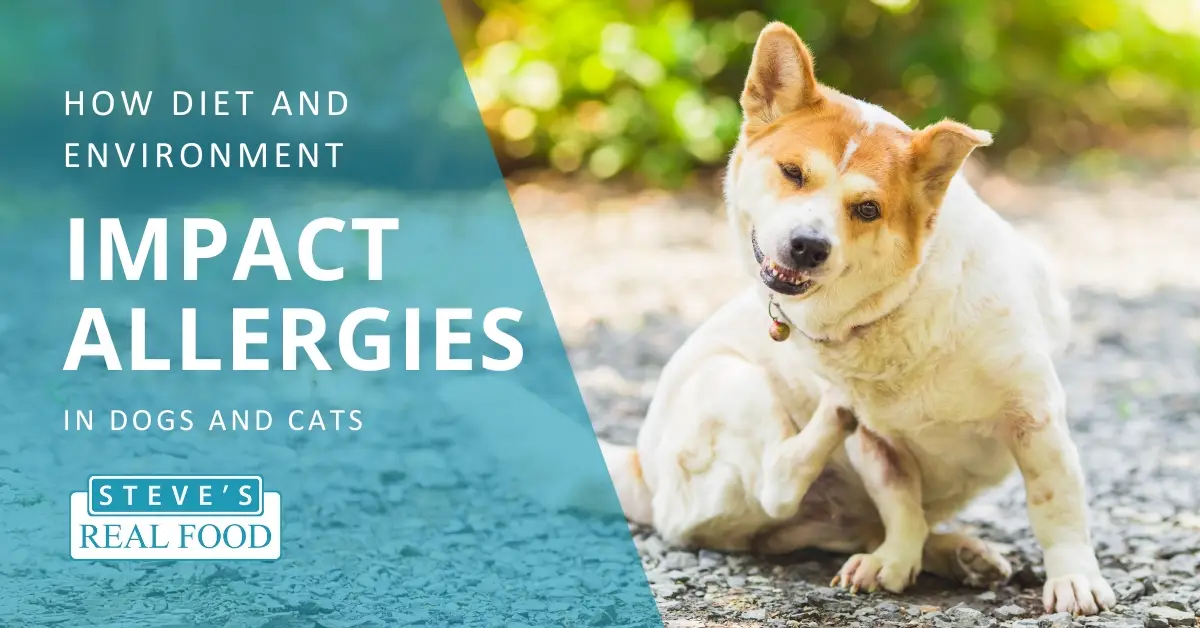This is a two-part feature where our industry veteran (30+ years) shares his vast knowledge of the pet food industry. Part two “The Future of Pet Food” will be posted tomorrow.
The History Of the Pet Food Industry
Let’s face it the first pets were some very smart scavenger wolves. They buddied up to tribes of humans for the benefit of being left the guts and carcasses of recent kills and access to human trash. This diet was close to their ancestral diet and healthy. Humans then urbanized, and dogs developed and bred from their wolf ancestors ended up roaming the streets of towns and villages on all continents.
An entrepreneur looking to make a buck, or more correctly a pound, watched stray dogs gather on the docks of England to eat biscuits that were discarded from ships returning from voyages. These biscuits were basically “hard tack” made from flour, salt, and water. This guy decided that dog food made from grain and sold in biscuit form was what the dogs needed and wanted. We were off to a poor start for pet nutrition. The problem with the idea was that a dog would only eat hard tack if they were starving on a wharf.
The commercial pet industry then got a boost from the advent of the automobile and tractor as horses everywhere were being retired in the 1920s and 30s. Horse meat became a staple for pet food sold in gut sleeves and cans. This was bad news for horses however the food was better than what most commercial pet food today.
In the 1940s and 50s dry cereal became mainstream breakfast for a lot of us humans. The cereal makers like Purina, Nabisco, Standard Brands, Nestle and Quaker Oats had rerun form their extruders that made cereal. Bright marketers trying to make a buck said lets re-extrude it and make dog food kibbles. They ran into the same problem as the guy on the wharf in England. Dogs didn’t necessarily like cereal made from corn and flour. They decided to add some bone meal and coat the product with tallow, grease and animal digest, viola the dogs began to eat the stuff. That was the case in the 1950s, ’60s and ’70s. Don’t think those marketers were just sitting around however. To make pet food better they made it in the different colors and shapes like little milk bottle or chicken legs. I wonder why they didn’t come up with animal crackers. What made these products successful was the convenience to feed and low cost.
In the 1980s several companies wised up and decided to try and make commercial dry pet food more nutritious. They managed to pull a lot of the business away from grocery brands owned by cereal processors. Companies like Iams and Science Diet did very well using better ingredients to make a better dry kibble. Then in the 1990s, several other more premium brands sprang up with even higher meat and protein contents. They can use slurries of charcoal chicken and 4 D beef injected into the conditioner on the extruders to make meat content claims. They use tapioca and yogurt to make the product bind instead of using corn and flour.
In the late 1990’s pet lovers started looking for better ways to feed pets. Smart people looked to evolutionary diets to decide what pets needed. Dr. Billingherst from Australia came up with a diet of bones and raw food and several European diets suggested the same. The problem was those diets were not complete. You had to add other nutrients to the meat in order for the pets not to have problems. Steve’s Real Food was formed in 1989 to market a complete raw diet using top-grade quality ingredients and sell it nationally.




